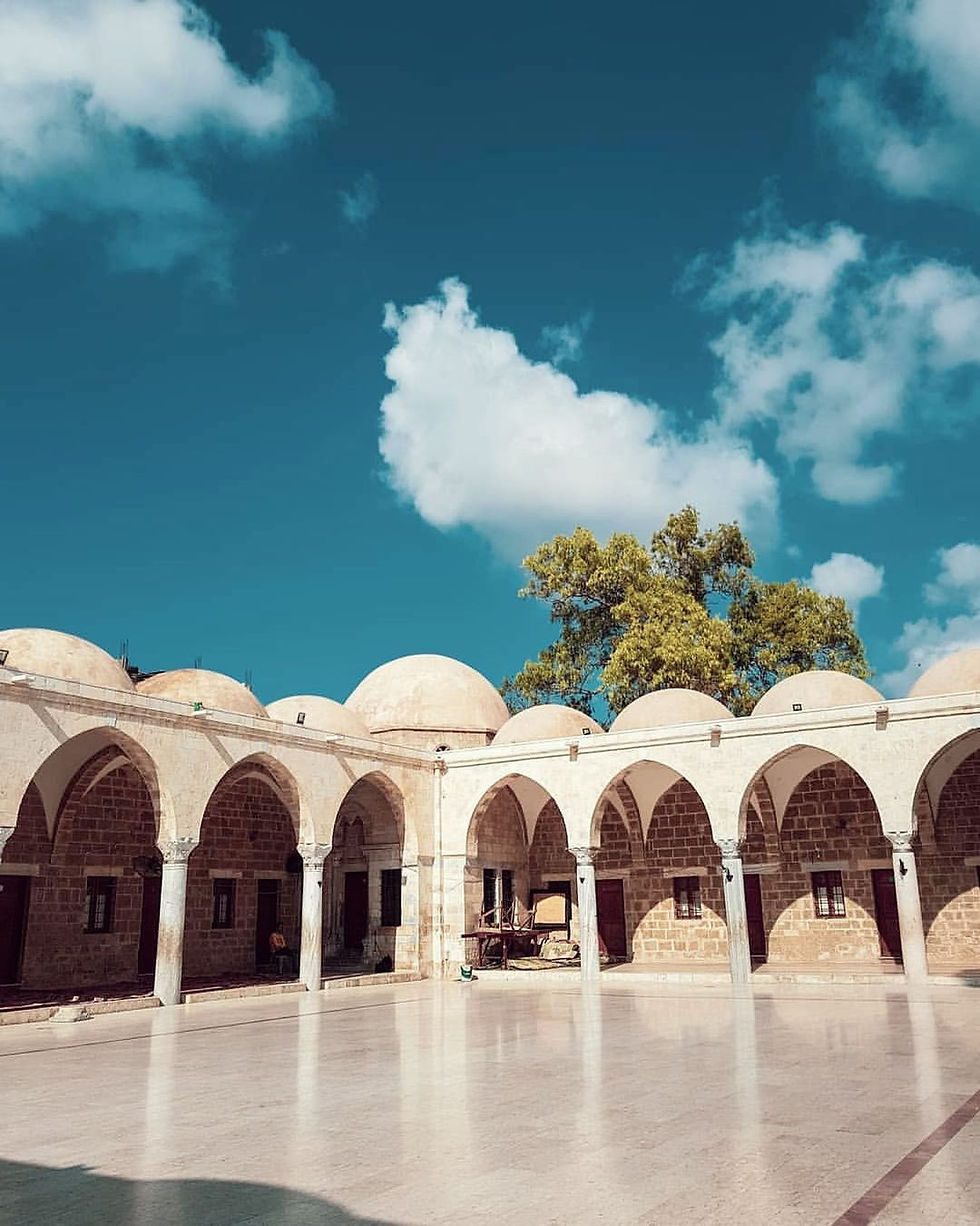For centuries, the Sayed Hashim Mosque stood as one of the most significant Islamic landmarks in Gaza City, Palestine. Located in the ancient quarter of Gaza's Old City, this historic mosque served as both a spiritual haven and a testament to the rich Islamic heritage of the region. The mosque was named after Hashim ibn Abd Manaf, the great-grandfather of Prophet Muhammad (peace be upon him), who was believed to be buried at this sacred site.

Historical Significance
The mosque's historical importance stemmed from its connection to Islamic lineage and early Muslim history. According to historical accounts, Hashim ibn Abd Manaf, a prominent figure in pre-Islamic Arabia and an ancestor of Prophet Muhammad, died while on a trading journey to Gaza in approximately 510 CE. The site of his burial became a venerated location, and the mosque was later built to honor his memory and mark this significant historical connection.
The original structure dated back to the Mamluk period (1250-1517 CE), though the site's religious significance predated the building itself. Over the centuries, the mosque underwent several renovations and expansions during the Ottoman period and modern times, each adding to its architectural character while preserving its historical essence. The mosque that stood until recently was built in 1850 under the orders of Ottoman Sultan Abdul Majid. Its construction incorporated materials from older structures, including some destroyed during Napoleon Bonaparte's campaign, lending it a unique historical layering.
Over the centuries, the Sayed al-Hashim Mosque evolved into a center of religious learning and pilgrimage. It housed a madrasa and became a hub for scholars and students of Islamic sciences. The mosque's prominence attracted traders and pilgrims from Egypt, Arabia, and Morocco, further cementing its status as a cultural crossroads. The presence of the tomb of Hashim ibn Abd Manaf made it a significant site for spiritual reflection and connection to Islamic history.

Architectural Features
The Sayed Hashim Mosque exemplified the classical Islamic architectural style characteristic of historic Palestinian mosques. The building featured a large prayer hall oriented toward the qibla, with multiple columns supporting elegant arches that created a serene atmosphere for worship. The mosque's most distinctive feature was its minaret, which rose prominently above Gaza's skyline and served as a local landmark.
The mosque's interior was adorned with traditional Islamic calligraphy and geometric patterns, while its mihrab (prayer niche) displayed intricate stonework characteristic of Mamluk architectural design. The building's stone construction utilized local materials, connecting it physically to the land of Palestine, while its architectural elements reflected various periods of Islamic history.
A central courtyard provided natural lighting and ventilation, following traditional Islamic architectural principles. The mosque's design incorporated multiple entrances to accommodate the flow of worshippers, with the main entrance featuring an elaborate portal that welcomed visitors into the sacred space. The mosque occupied an area of 2,400 square meters, making it one of the largest in Gaza. Its grand scale and intricate design made it a focal point of the Al-Darraj neighborhood in Gaza's Old City.

Destruction and Loss
In late 2023, during the Israeli genocide of Gaza, the historic Sayed Hashim Mosque was destroyed in an airstrike, marking the end of a centuries-old spiritual landmark. The destruction of the Sayed al-Hashim Mosque represented more than just the loss of a building. It was a blow to Islamic heritage, erasing centuries of history, art, and spiritual significance. The mosque had been a living link to the early days of Islam and an irreplaceable piece of Palestinian heritage.
The story of the Sayed Hashim Mosque remains an integral part of Gaza's religious and cultural narrative, serving as a testament to the enduring spiritual heritage of Palestine and the profound impact of historical preservation on community identity. Its destruction marks not only the loss of a sacred space but also represents the broader impact of conflict on irreplaceable cultural landmarks that have shaped communities for centuries. The loss of this mosque underscores the urgent need for the protection of historical and religious sites, which are fundamental to the identity and spiritual life of communities around the world.
Legacy and Remembrance
The Sayed Hashim Mosque represented a living link between Gaza's present and its historical connection to early Islamic history. Its presence in the heart of Gaza City served as a reminder of the region's rich religious heritage and its significance in Islamic tradition. Though the physical structure no longer stands, the mosque's legacy continues to live in the memories of those who prayed within its walls and in the historical records that document its significance. The loss of this historic mosque underscores the importance of preserving and protecting religious and cultural heritage sites for future generations.
